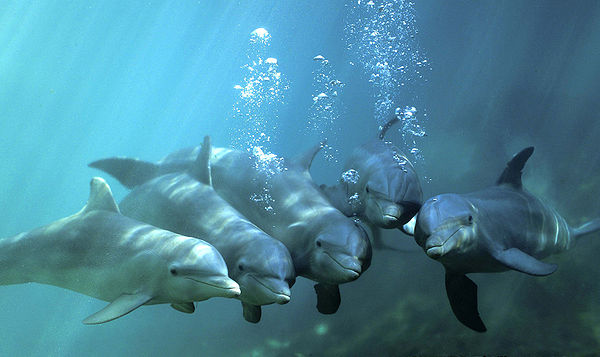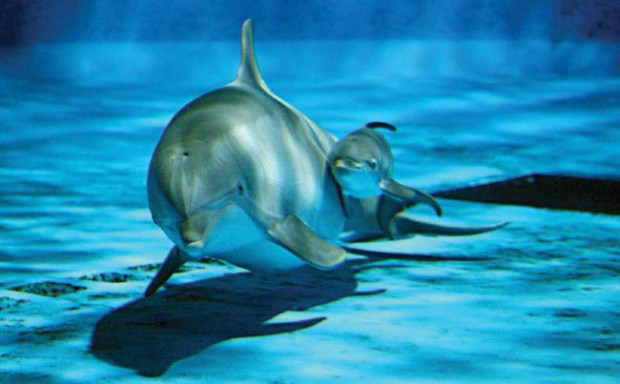Welcome to Jimmy’s Zoo : Dolphins Page!
“Learn about more fun animals at ” The Jimmy Zoo
Jimmy’s Zoo | Narwhal Page | Puffin Page | Gryphon Page

Dolphin Behavior
Pod Life

Bottlenose dolphins live in fluid social groups.
In the past, bottlenose dolphin groups have been referred to as pods — social groups of unchanging
composition.
More recently, long-term studies of bottlenose dolphins have now shown that their group composition changes.
Bottlenose dolphins commonly swim in groups of 2 to 15 individuals. Several groups may temporarily join
(for several minutes or hours) in open ocean waters to form larger groups during which the dolphins may
change associates.
In general, group size tends to increase with water depth and openness of habitat. This may correlate with
foraging strategies and protection.
Some group members establish strong social bonds.
Dolphin Cliques

In the wild, group composition and structure are based largely on age, sex, reproductive condition,
family relationships, and association histories.
For example, the Sarasota, Florida resident dolphin community shows patterns of association. Basic group
types include nursery groups (mothers and their most recent offspring), juveniles (both males and females),
and adult males (alone or in pairs).Mother-calf bonds are long-lasting; a calf typically stays with its
mother three to six years.A female may return to its mother or female relatives to raise its own calves,
comprising a multigenerational group.Adult male pair bonds are strong and long-lasting. Male pairs often
engage in a number of cooperative behaviors. Researchers have documented 20-year pair bonds.